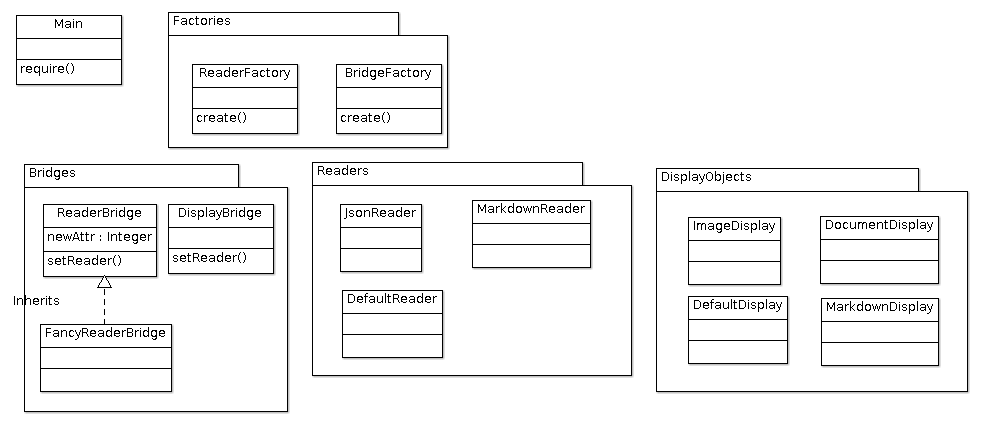
For example, actions that are related to file processing, such as creating a new file, opening an existing file, saving a file, printing the open file, or closing the file usually stay under a category called File. There is no strict rule on how a menu is organized. When clicked, the menu expands and displays a list of items that belong to that category. To use a menu, the user first clicks one of the words that displays on top. In WordPad, the categories of menus are File, Edit, View, Insert, Format, and In the top section of the form in which it is used.Ī main menu is divided in categories of items and each category is represented by a word. A menu is considered a main menu when it carries most of the actions the user can perform on a particular application. Of the mouse and the keyboard, there are various types of menus. To enhance the functionality of a graphical application, also to take advantage Menu is presented as a list of words and, using a mouse or a keyboard, the userĬan select the desired item from the menu. The user would then enter the number (or character) that corresponds to theĭesired option and continue using the program. On a typical DOS application, a menu is presented with numerical or character To be aware of these actions, the list must be presented to the user upon request.

For a computer application, a menu is a list of actions that can be performed on that

Interaction.MsgBox("Under Construction", MsgBoxStyle.When it comes to a restaurant, a menu is a list of food items that the business offers to its customers. SQry = "Select FormName from MenuMaster Where MenuText = '" +sender.ToString + "'" ĭynamicallyLoadedObject(frmName).Show(this) Private void SelectedChildMenu_OnClick(object sender, System.EventArgs e) ParentMenuID = Convert.ToInt32( ds_()) ĭataSet ds_MenuText= dac.EjecutarConsulta( "Select MenuText from MenuMaster Where MainMenuID ='" + parentMenuID + "' And isActive = 1 And MenuID in (Select MenuID from Access Where AccessId =" + iUserAccessMode + ") Order BY MenuOrder","Table") Ĭms.Items.Add(sMn, null, new System.EventHandler(SelectedChildMenu_OnClick)) sQry = "Select MenuText from MenuMaster Where MainMenuID = 0 And MenuID in (Select MenuID from Access Where AccessId ="+id_accces+") and isActive = 1" iUserAccessMode = ĭataSet ds_nomMenu = dac.EjecutarConsulta("SELECT MenuText FROM MenuMaster WHERE MainMenuID = 0 AND MenuID IN (SELECT MenuID FROM Access WHERE AccessId ="+id_accces+") AND isActive = 1") Private void MDI_padre_Load(object sender, EventArgs e)ĪccesoDatos.AccesoDatos dac = new AccesoDatos.AccesoDatos() This function is executed at the click event of each menu item, the form to open( FormName) on the execution of the event also comes from the backend table " MENUMASTER". Next Dim tsi As ToolStripMenuItem = CType(sender, ToolStripMenuItem) New System.EventHandler( AddressOf SelectedChildMenu_OnClick)) Select MenuID from Access Where AccessId =ĭim i As Integer If sMenuRD.HasRows Then ReDim Preserve sMenu( 0) SQry = " Select MenuText from MenuMaster Where MainMenuID = SQry = " Select MenuID from MenuMaster Where MenuText = '" & sender.ToString & " '"ĭim parentMenuID As Integer If sMenuRD.HasRows Then
#Data type of each menu item object on a menustrip code
Copy Code Private Sub MainMenu_OnClick( ByVal sender As Object, ByVal e As System.EventArgs)ĭim sMenu() As String Dim Conn As New Conn1


 0 kommentar(er)
0 kommentar(er)
